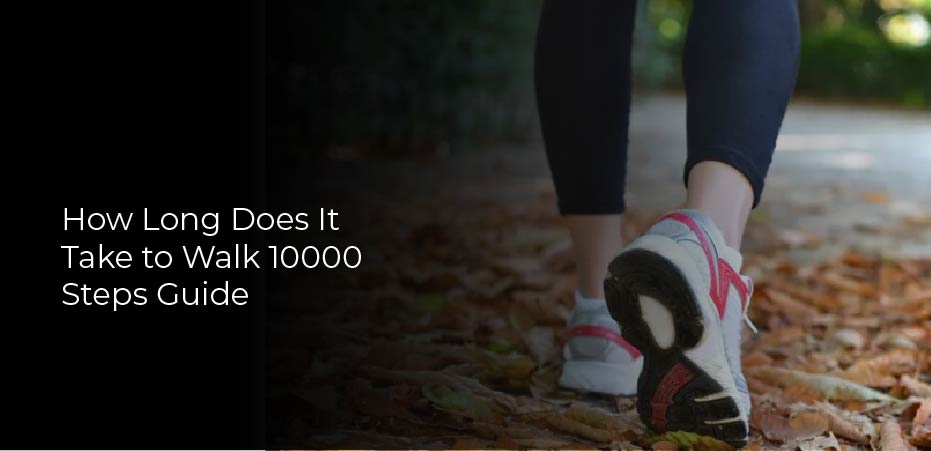Especially for beginners, walking is a great form of exercise. If you want to begin walking, start slowly and increase speed and intensity at an appropriate pace. There is no need for expensive equipment or a gym membership when you walk. Before starting any exercise program, consulting your physician is always good.
Depending on the number of steps taken, it might take a while to reach 10,000. A moderate-intensity exercise involves 100 steps per minute, while a vigorous-intensity exercise involves 130 steps per minute.
The activity must be vigorous to achieve 10,000 steps in 77 minutes. So, if the activity is moderately intense, 10,000 steps would be reached in 100 minutes. The recommended number of steps per day is 10,000 to 12,499 to maintain an active lifestyle. One must walk 12,500 steps per day to qualify as having a highly active lifestyle.
How Does It Benefit Our Health?
Could you use some motivation to get out and walk today? There are many health benefits to walking! 30-minute walks each day can increase cardiovascular fitness, strengthen bones, reduce excess body fat, and improve muscle strength and endurance. As a result, you could reduce your risk of developing conditions like heart disease, type 2 diabetes, osteoporosis, and even some cancers. As a result, your body benefits, but you also feel and think differently. Exercising moderately can make you feel less stressed and anxious, improve your concentration, and put you in a better mood. In addition, it can even improve the quality of your life over time by boosting your self-esteem and confidence.
In the event that walking for 30 minutes in one session is too much for you, try walking for short bursts of time (10 minutes or so) throughout the day and gradually increase the duration. According to the Australian Physical Activity and Sedentary Behavior Guidelines, exercise is better than being sedentary, and increasing your physical activity during the day will provide even better health benefits.
What Does It Look Like to Walk 10,000 Steps?
Ten thousand steps are equivalent to eight kilometers, or about an hour and forty minutes of walking, depending on how fast you walk and how long your stride is. Nonetheless, you don’t have to walk it all in one go. Your daily activities will naturally accumulate steps, but you will probably need to walk for 30 minutes (or do another form of exercise equivalent) if you want to reach the 10,000-step goal.
You can do many simple things throughout the day, such as walking part of the way to work, strolling at lunchtime, having a walk-and-talk coffee meeting, walking to the supermarket instead of driving, or taking the dog out for a stroll in the park.
10,000 Steps suggests converting other forms of exercise, such as swimming, going to the gym, and playing tennis, into steps by converting the following:
Moderate Intensity Activity
10 minutes of moderate-intensity activity = 1,000 steps.
In moderate-intensity activity, breathing rate and heart rate increase slightly but noticeably. You should still be able to carry on a conversation. Here are some examples of moderate-intensity activities:
- Swimming
- Cycling
- Horse riding
- Rowing
- Dancing
- Active gardening (e.g., mowing, raking, and digging)
High Intensity or Vigorous Activity
10 minutes of high intensity activity = 2,000 steps.
High-intensity activity causes you to “huff and puff” and makes it difficult to speak clearly between breaths. High-intensity activities include the following:
- Circuit training
- Aerobics
- Brisk rowing
- Fast cycling
- Jogging
- Competitive sports (e.g., squash, football, and netball)

